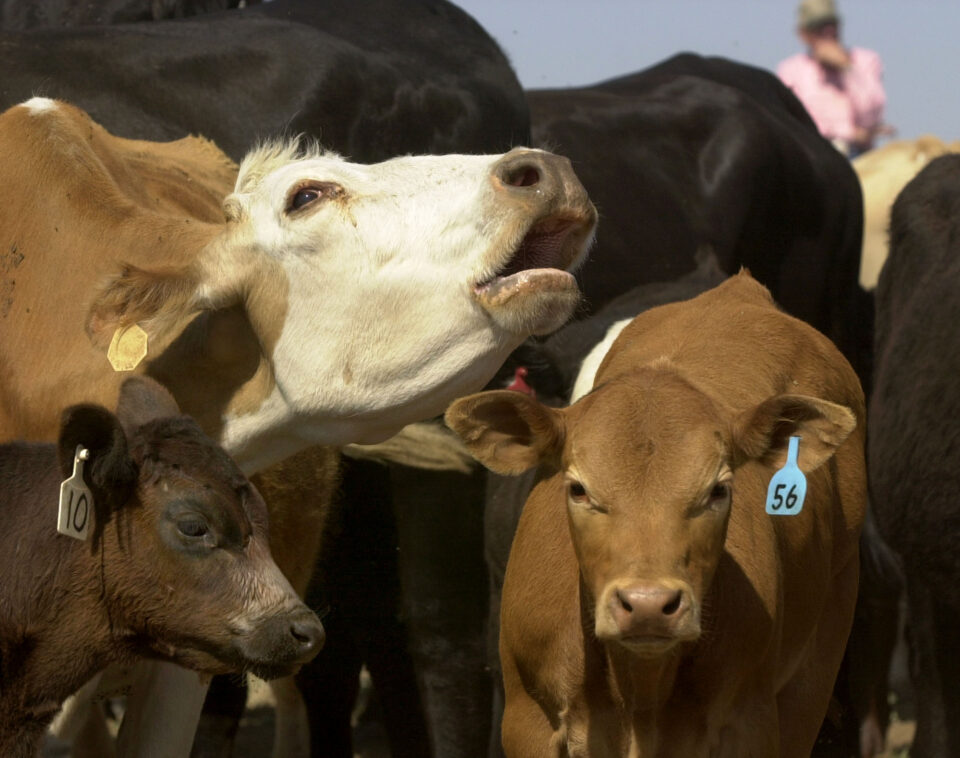Akindele Akinola, a poultry farmer from the Omi-Ido region of Ibadan, Oyo state, has been sustaining his family for the past three years through his poultry business. However, recently, he encountered a significant challenge that tested his years of expertise.
Between January 22nd and 26th, Akinola experienced the loss of 30 broilers on his farm due to excessive heat stress. He observed that the intense heat, particularly on one day, led to the demise of some of his chickens. He swiftly attributed the loss to the stress induced by the high temperatures.
The Nigerian Meteorological Agency (NiMet) had earlier warned of an extended heatwave across the nation, with temperatures soaring to 41°C in the north and 39°C in the south. Vincent Weli, NiMet’s director of weather forecast services, emphasized the urgent need for action, even suggesting a state of emergency to address the risks posed by prolonged exposure to extreme heat.
The escalating temperatures, attributed to climate change, have amplified the frequency and intensity of heatwaves in recent times. These extreme weather events not only jeopardize human health but also pose significant threats to agriculture, including livestock and crop production.
As a consequence, farmers like Akinola, striving to make a livelihood, find themselves grappling with the loss of their livestock during blistering weather conditions.
WHAT IS A HEATWAVE?
Akinola’s ordeal epitomizes the dire consequences of a heatwave. A heatwave denotes an extended period of exceptionally hot weather, often accompanied by high humidity. It presents diverse impacts on human and animal health, agriculture, and the environment.
Various factors such as high-pressure systems, stagnant air masses, and climate patterns like El Niño can trigger heatwaves. When high-pressure systems linger, they trap warm air, preventing its dispersion and leading to prolonged heat spells. Stagnant air masses exacerbate heatwaves by impeding the circulation of cooler air.
Heatwaves also entail long-term environmental ramifications, including drought conditions that adversely affect agriculture and water resources. Additionally, they inflict damage on ecosystems like coral reefs and forests, with enduring repercussions on biodiversity.
HEAT STRESS IN LIVESTOCK
Livestock, in particular, are highly vulnerable to the detrimental effects of heat stress during hot and humid conditions. Elevated environmental temperatures raise their body temperatures, disrupting normal physiological functions and precipitating heat stress.
Birds, lacking sweat glands, struggle to maintain a balance between body heat production and dissipation during heatwaves. This imbalance results in heat stress, manifested by symptoms such as panting, accelerated breathing, darkening of head cones, raised and stretched feathers, weakness, and inactivity.
To mitigate the impact of heat stress, Akinola resorted to innovative measures, such as isolating weak chickens, providing ample space and fresh air, and ensuring adequate hydration. Employing a knapsack sprayer to cool the chickens during peak heat hours proved effective in averting further mortality.
MANAGING HEAT STRESS IN LIVESTOCK
To alleviate heat stress in livestock, various strategies can be employed. Akinola, cognizant of the impending heatwave, implemented proactive measures despite incurring additional costs. These measures included adjusting feeding schedules, providing extra water, employing fans for cooling, and ensuring cross ventilation.
Veterinary doctor Nwachukwu Okechukwu underscored the importance of proactive measures in averting heat-related livestock fatalities. He recommended techniques such as water sprinkling, administering anti-stress supplements, adding ice cubes to water, and optimizing poultry house design to mitigate heat stress.
Effective house design, incorporating features like cross ventilation and east-west positioning of pens to minimize direct sunlight exposure, is crucial in managing heat stress. Overcrowding should be avoided, and proper airflow facilitated to optimize livestock comfort and welfare during heatwaves.


